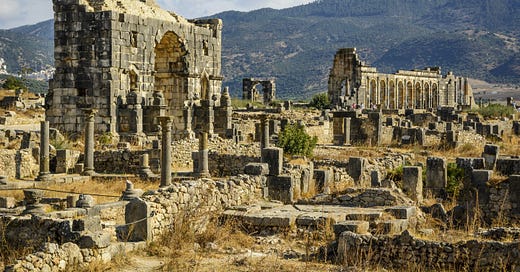Pascal is said to have written in a fragmentary style so as to underscore that total and complete knowledge is God’s, alone. Nietzsche wrote in a fragmentary style to underscore not the transcendence of God’s knowledge, but the perspectivalism of human knowledge—there is no “view from nowhere.” In the romantic period, Hölderlin, Schlegel, and others emu…
Keep reading with a 7-day free trial
Subscribe to What Is Called Thinking? to keep reading this post and get 7 days of free access to the full post archives.



